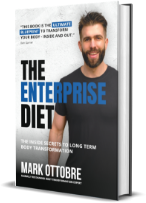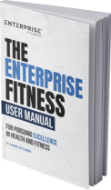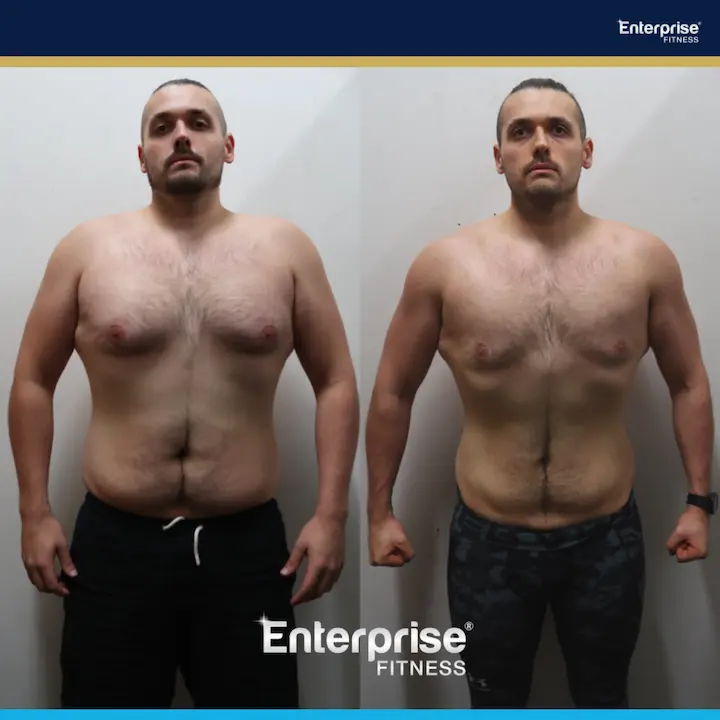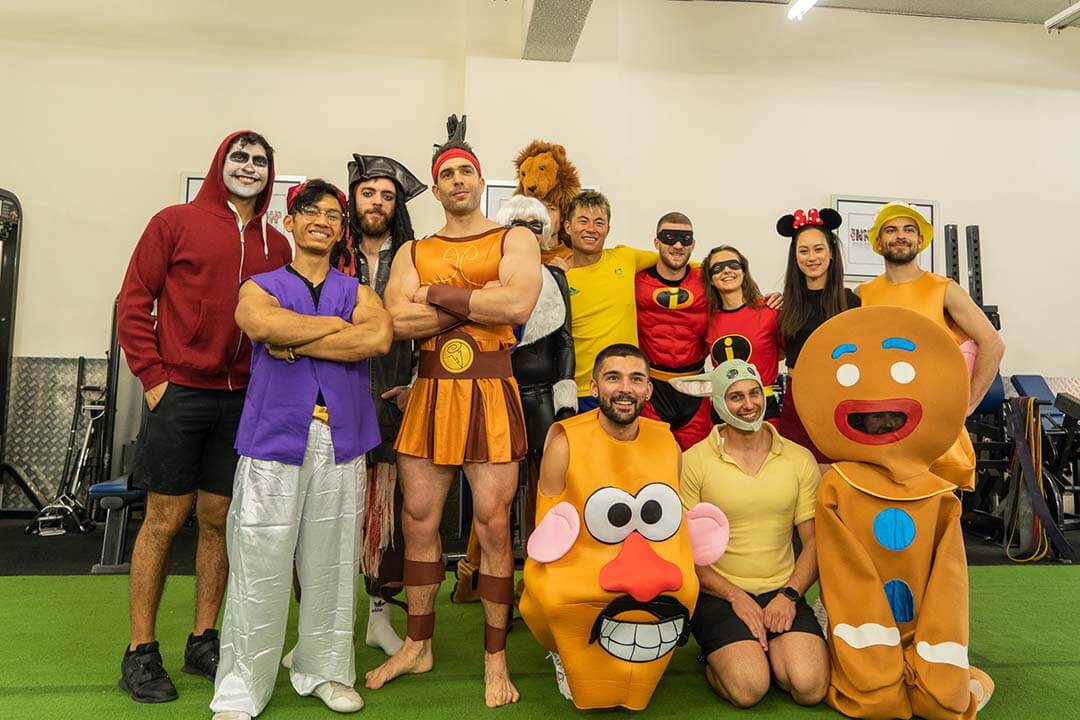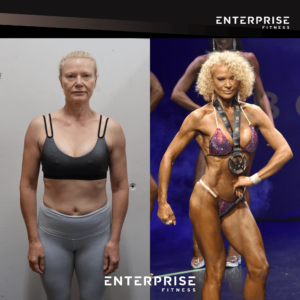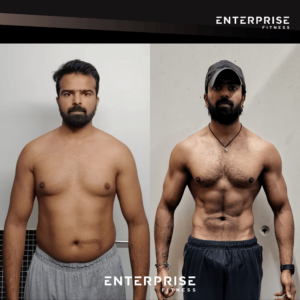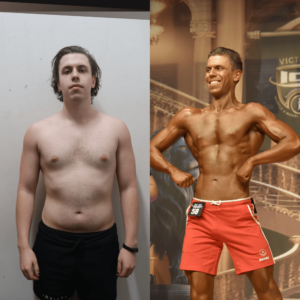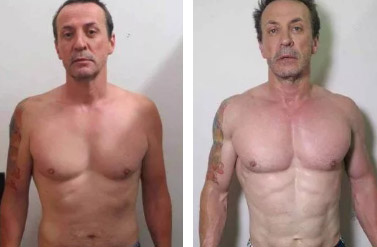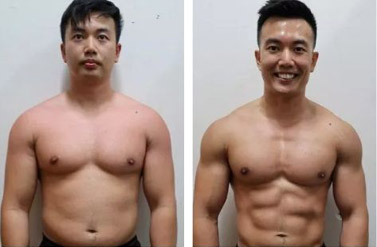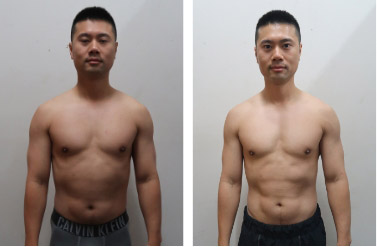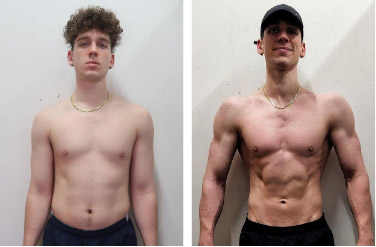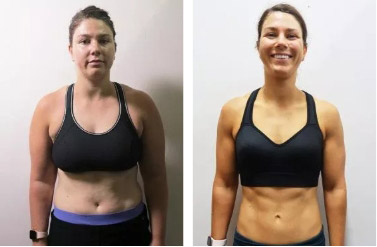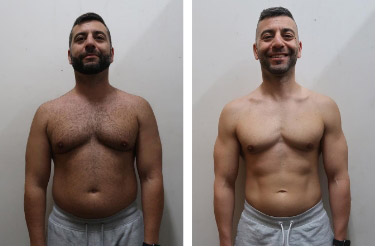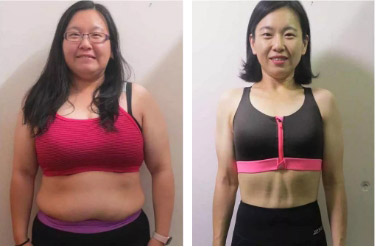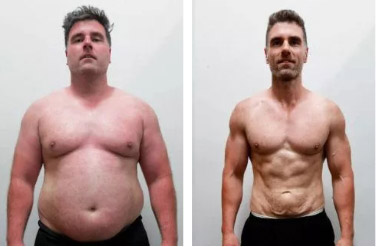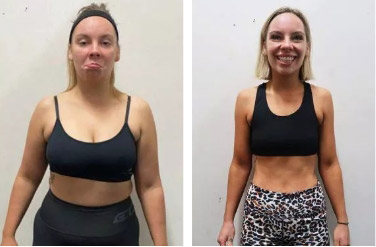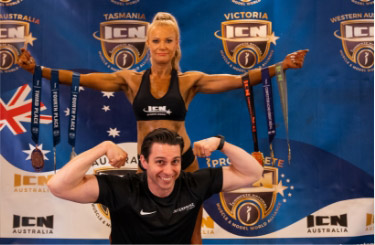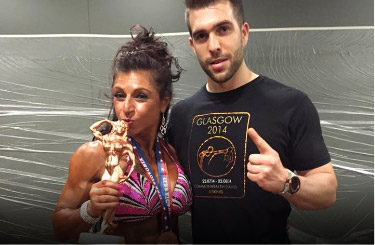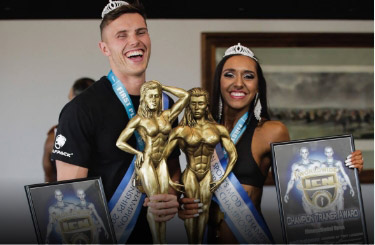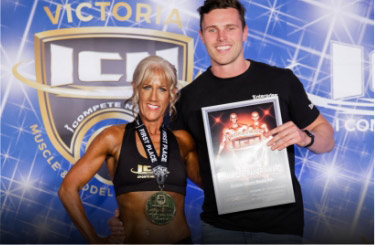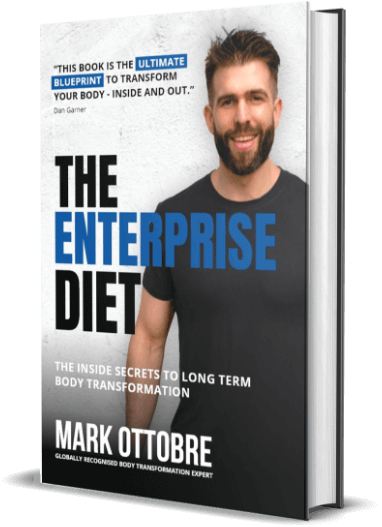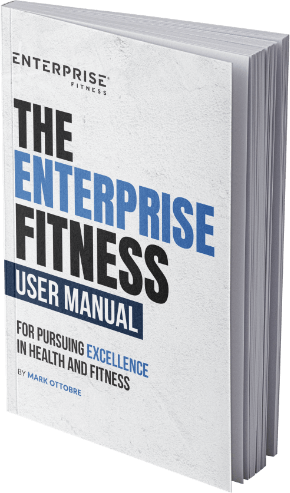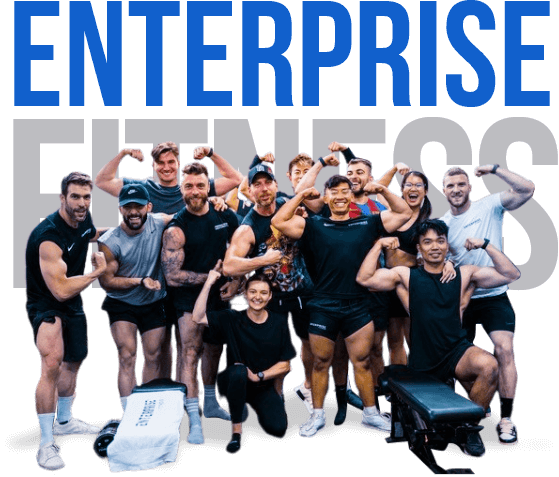Changing your Health Habits
By Mark Ottobre,
Enterprise Fitness owner and founder
Personal change. It’s one of those things that can happen in an instant, or take years of heartache and therapy to make possible.
I struggled against my body for years. ‘To be lean enough, to be good enough. As a child, I identified as the ‘fat kid’ and if I forgot, I was reminded by the kids at school. As a fat kid, the next progression in life is to become a fat teenager. But that evolutionary plan was derailed when I discovered weight training and bodybuilding when I was 15.
So the fat kid loses weight. The end!?
Except that old fat kid conditioning stuck with me into my twenties. I trained to ‘not be fat’. I would overeat and out of punishment, overtrain. Bodybuilding only made my relationship with my body more complex. I wished I could change or cut off rolls of flab just to look a certain way. Bodybuilding was ultimately a positive influence but identifying as a bodybuilder controlled my internal compass of self-worth. I only felt like I was worth something if I could train and stick to a diet, and most of the time, I would go to the extreme with the diet as a way to validate my self-worth. Not a great way to live.
So when did things change?
My process of breaking the concrete cinder block of belief started with questioning where my beliefs came from and what made them true. What makes an internal belief true is just as important as the belief itself. When wanting to change a belief, it’s helpful to think of the belief as a tabletop and the evidence and memories as the legs. The more legs and evidence, the more stable the table or stronger the belief.
The Science of Change Pyramid
The notion that there is an exact ‘science of change’ is facetious. Why does anyone change? Personal change can happen in an instant or it can take years of heartache and therapy. Whilst the two main motives for anything will be moving away from pain or towards pleasure, that approach to systematic transformation is too simplistic. Being reactive to pain often puts you in very painful situations before you move towards a goal, and being led by just pleasure alone makes you a hedonistic beast who lives from moment to moment.
Enter the Dilts model, initially introduced to me as The Science of Change from Australian speaker, coach, author and friend Duane Alley. The Dilts model has enhanced the way I coach outcomes and results with clients. This takes the Be-Do-Have formula one step further and is far more eloquent than setting goals out of pain or pleasure.
The Dilts framework outlines five specific areas that create change:
- Identity – Meta program level
- Beliefs and values – Meta program level
- Skills and skillsets – Education level
- Behaviours and actions – Action level
- Environment – Manifestation level

When implementing change, there are two key factors:
- knowing what to do (skills and skills sets), and
- actually doing it (behaviours).
However, to internalise change and make it last, it requires us to work on and question our:
- Identity, and
- Beliefs and values
Our identity, beliefs and values dictate how we take in and act on information. Change only becomes permanent when it flows from the top of the pyramid down. If we only focus on making behavioural changes, we can fall into the trap of searching for motivation to get us through those actions. This only makes your health and fitness goals transient and will only be a matter of time before you fall off track.
Identity, beliefs and values and what they mean for you and your health goals
Identity, beliefs and values form our meta-program of who we are and how we act. A meta-program is simply what our brain pays attention to and how we interpret information and events. The way I like to explain this is with computers as an analogy. Computers have different codes. Unless you’re a computer programmer, no one ever sees the codes (or cares). But these codes tell the computer how to act and what to do in every possible situation. What codes are to computers, identity, beliefs and values are to humans.
Beliefs are ideas that we uphold that make up our identity. Beliefs are what we believe to be true. Identity is who we believe ourselves to be. This is why identity is at the top of the pyramid. Once we believe ourselves to be a certain way, it’s either game-over or game on.
So unless you update your ‘identity code’ to someone who eats healthy foods that builds and nourishes your body and someone who enjoys exercise, you will be searching for the next fad and the results will be short-lived.
I made this video where I explain the concept in full… check it out here below…
If you’ve enjoyed this blog, download the first chapter of Eat Your Way to Abs, for free here: https://eatyourwaytoabs.com
